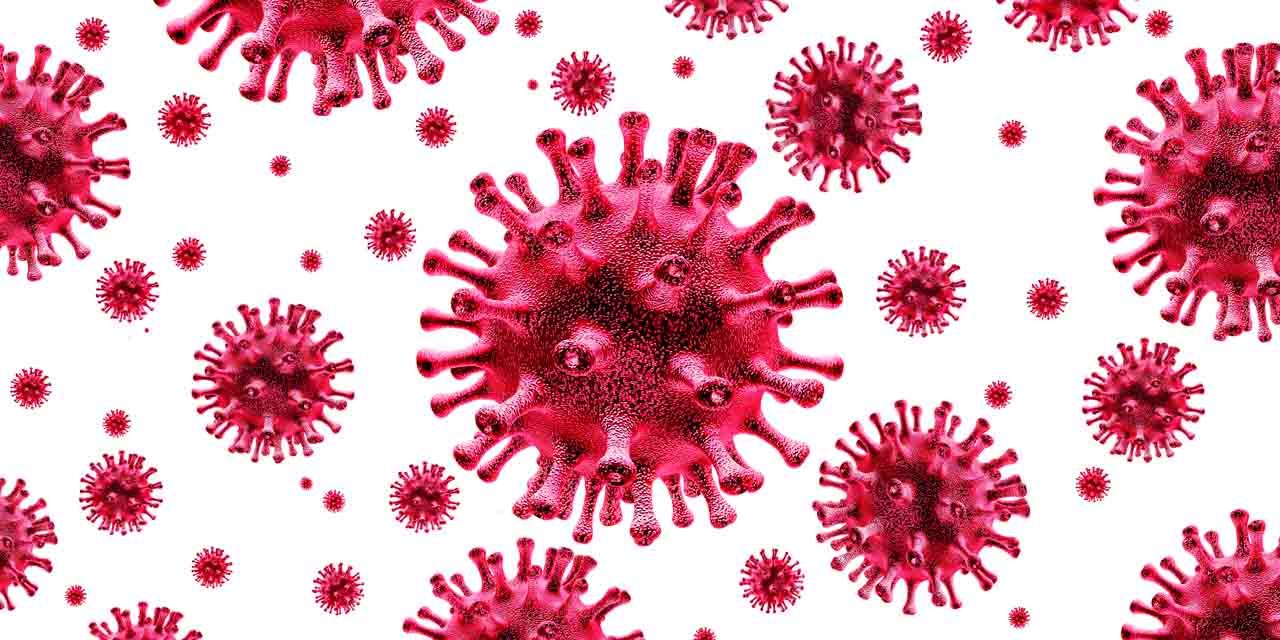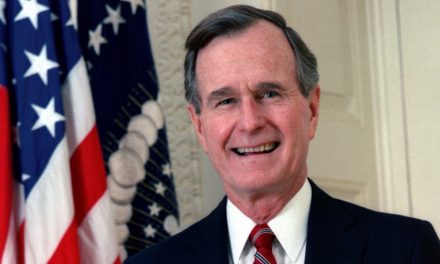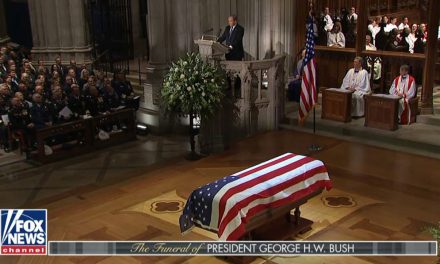“People think coronavirus is more widespread, and more deadly, than official figures show.” That’s one of the findings from a recent survey from Kekst CNC, a strategic communications firm.
The company conducted surveys around the globe and found that “people significantly over-estimate the spread and fatality rate of the disease.”
Participants were asked, “What percentage of people in your country have died from the coronavirus?” In the U.S., the average answer was “nine percent.” Kekst CNC said that number was 225 times the real percentage when the survey was taken – vastly overestimating deaths from the disease.
As Peter J. Leithart explains in First Things, “The average American, in other words, thinks COVID-19 has killed over 29 million fellow citizens.” Several weeks after the survey was taken, as this article was written, John Hopkins University places the death toll in the U.S. at 172,667.
Participants also overestimated the number of confirmed cases of the coronavirus in the U.S., saying that 20% of the population has had the disease, which would mean that 66 million cases had been confirmed. Johns Hopkins puts the number of confirmed cases at a little over 5.5 million on August 19.
Americans weren’t alone in misjudging the toll from COVID-19. Kekst CNC polled adults in the United Kingdom, Sweden, Germany, France, and Japan. Participants overestimated the number of deaths from COVID-19 by anywhere from 100 to 300 times the actual rate. Overestimates from those countries of confirmed coronavirus cases ranged from 4 to 46 times the actual number.
Leithart wonders who is responsible for these misconceptions, “Should we blame this wild divergence between perception and reality on high school math teachers, or on media?”
He argues that “teachers bear some culpability, but unbalanced reporting, relentlessly frightening headlines, and dystopian visuals foster an image of ubiquitous threat.” He explains, “Many Americans pick up their news impressionistically, from headlines and photos, and conclude that COVID has claimed nearly 10 percent of the U.S. population. After all, if the virus hasn’t killed one in eleven Americans, why did we shut everything down?”
Leithart also argues that partisanship and fear also play a part in public misperceptions about the coronavirus. He writes, “Politics doubtless plays a role. Hammered by the White House for several years, journalists have found a way to hammer back, at least until November 3. But it’s not all politics. American media have always reveled in the sensational, and I suspect many reporters, like many of their readers, are genuinely terrified by the epidemic.”
Politicized reporting. Fear. Deep political division. News outlets not explaining what the data they report means. Lack of trust in the media, the government and health experts. And people not understanding or remembering what they were taught in high school math classes. They’re probably all factors in people around the world overestimating COVID-19 cases and death rates.
Photo from Shutterstock
Visit our Election 2020 page






